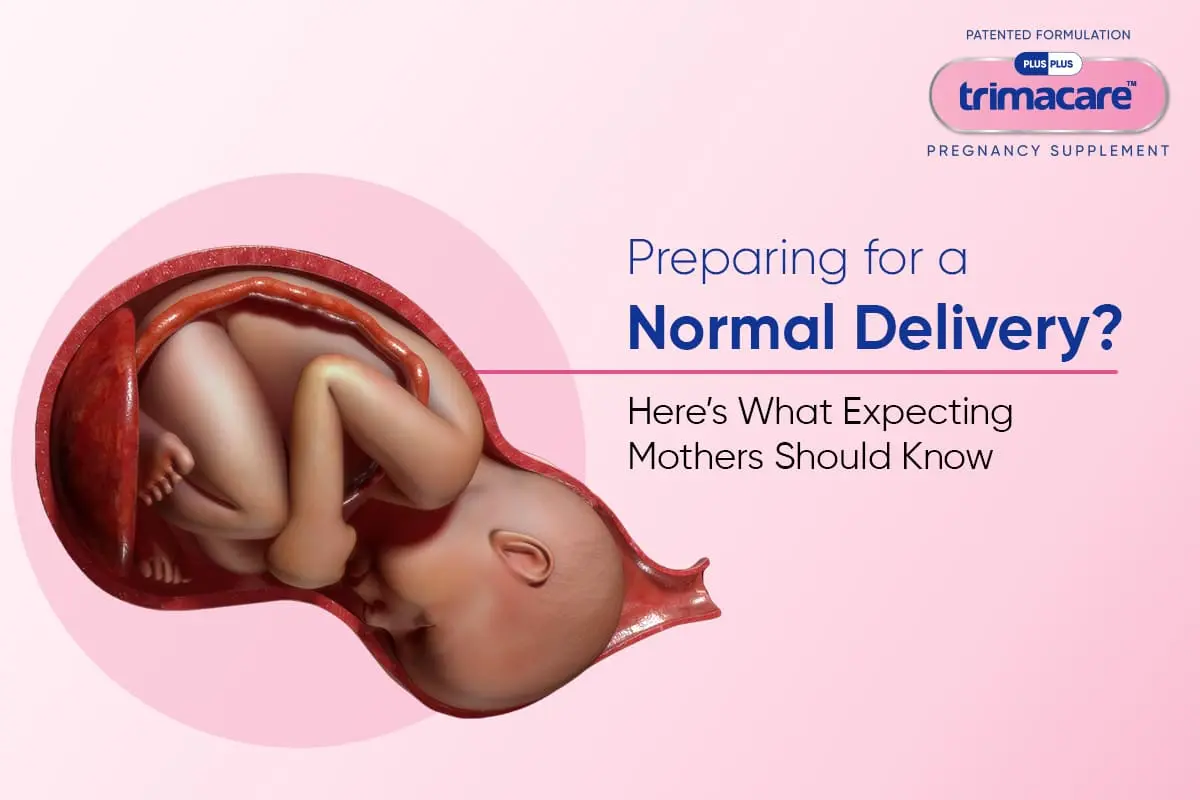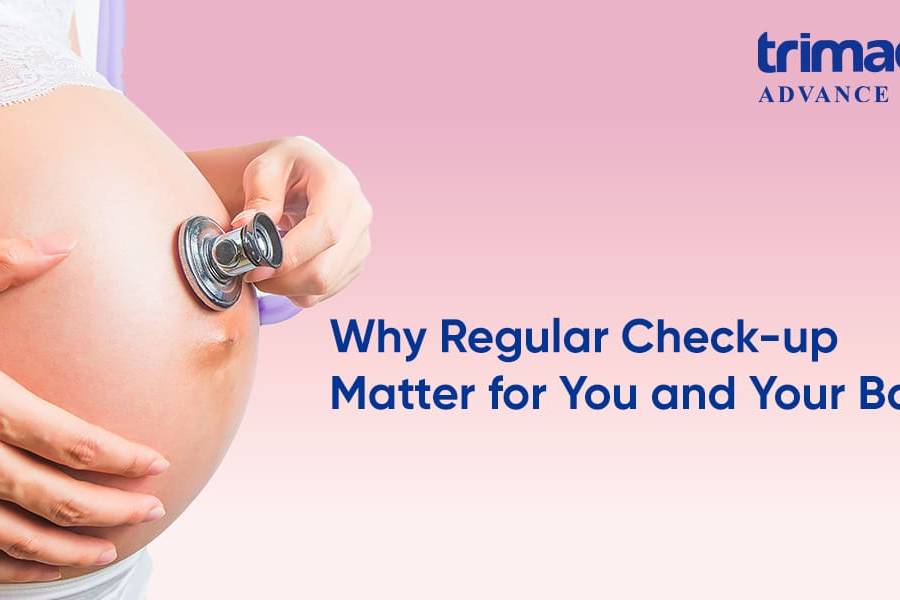IS NORMAL DELIVERY PAINFUL?
Yes, normal delivery can be painful for many women. Childbirth Normal Delivery, also known as natural or vaginal delivery, is preferred by pregnant women without complications – like gestational diabetes, pre-eclampsia, or low-lying placenta due to faster recovery, shorter hospital stay, and lower infection risk.
WHEN DOES NORMAL DELIVERY PAIN STARTS?
The normal birth delivery pain starts in the early stages of labour. Active labour pain starts with regular, stronger contractions that are indicate true labour. The pain reinforces as the cervix dilates and the baby moves down the birth canal. The onset of active labour and the associated pain can vary for each woman, and it’s important to recognise the signs of labour and consult a doctor to determine the appropriate course of action.
WHICH IS BEST CHILDBIRTH NORMAL DELIVERY OR CESAREAN?
Normal birth delivery is preferred by many low-risk women due to its safe and natural process, with shorter recovery times, fewer complications, and lower infection risk. The best childbirth method depends on factors like the mother’s health, baby’s position, previous childbirth experiences, and medical conditions. In cases of complications such as placenta previa, foetal distress, or breech presentation, a C-section may be the safest option.
WAYS TO INCREASE CHANCES OF NORMAL DELIVERY
Taking proactive steps towards pregnancy helps to increase the chances of childbirth normal delivery, thus leading to healthy lifestyle. Regular exercise, balanced diet for normal delivery and drinking lots of water for hydration can make a pregnant woman deliver normally while keeping herself healthy. Here are some ways that might help:
- Prenatal Education: Enrol to prenatal classes during and know stages of labour, ways of relaxation and pain relief techniques different from one another.
- Regular Exercise: Make your body active with walking, swimming, or doing prenatal yoga. These activities will improve stamina during pregnancy and strengthen muscles to help in the smooth delivery.
- Healthy Diet: Take healthy food for normal delivery, which is rich in nutrients to ensure that your body is ready for childbirth and delivery.
- Perineal Massage: Some women find perineal massage helps prepare the perineum (the area of the skin between the vagina and the rectum for distension during delivery, thus helping prevent tearing in the perineal.
- Pelvic Floor Exercises: Practice of Kegel exercises that strengthens pelvic floor muscles also facilitates a woman’s push in the delivery.
- Labour Support: Consider having a supportive birth partner or a doula to provide emotional and physical support during labour.
- Techniques for Relaxation: Learn to relax and do breathing exercises. These methods are useful in reduction of pain and anxiety during labour.
- Avoid Multiple Interventions: Discuss your preferences about delivery with your doctor and try to avoid multiple medical interventions, in case you and your baby are healthy.
- Labouring Positions: Experiment with different positions (walking, squatting, rocking) during labour to find the most comfortable for you.
- Positive Mindset: Maintain a positive attitude, trust your body’s ability to give birth, and surround yourself with positive and supportive individuals.
WHICH WEEK DOES NORMAL DELIVERY HAPPEN?
Normal delivery occurs during full-term pregnancy, which is 37-42 weeks gestation. Preterm babies are those born before 37 weeks and post-term babies are those born after 42 weeks.
WHY NORMAL DELIVERY IS BETTER?
The perception of normal birth delivery depends on individual circumstances, preferences, and medical considerations. Here are some reasons why women and doctors advocate for childbirth normal delivery:
Normal Birth Delivery is perceived differently depending upon the woman, her preferences and the medical considerations. These are some reasons why women and doctor advocate for childbirth normal delivery.
- Faster Recovery Time: Natural birth usually results in faster recovery time than a caesarean section, as it is abdominal surgery.
- Less chances of Complications: In most cases, vaginal birth poses fewer complications, such as blood loss and infections, as compared to C-section, particularly in low-risk pregnancies.
- Helps Baby: Vaginal delivery helps the baby to expel mucus from lungs, which might help in minimising the risk of pregnancy complications.
- Avoid Surgical Risks: Caesarean sections are surgical procedures that carry life risks in form of infections and longer delivery times.
- Bonding and Breastfeeding: Some studies suggest that women who have vaginal deliveries find it easier to initiate breastfeeding and bonding with their babies.
CAN NORMAL DELIVERY HAPPEN AFTER C SECTION?
Yes, a normal child delivery can be done after a previous caesarean section, which is called VBAC (Vaginal Birth After Caesarean). The possibility of a successful VBAC depends on various factors, including the reason for the previous C-section, the type of uterine incision made, and the mother’s overall health. Women who did not experience any difficulties from their prior C-section and had a low transverse uterine incision may be eligible for a vaginal birth canal.
DOES NORMAL DELIVERY REQUIRE STITCHES?
Yes, this is common for women who undergo a childbirth normal delivery. If it’s the first delivery or if there are complications in delivery, it needs surgical stitches. These surgical stitches also known as sutures, are sometimes required to close a vaginal tear or episiotomy, which is a surgical cut made at the vaginal opening to enable the baby’s passage. These tears can occur during the intense stretching of the vaginal tissues as the baby moves through the birth canal. The extent of the tear and the need for stitches depend on various factors, including the baby’s size, the speed of delivery, and the positioning of the baby’s head during birth.
DOES NORMAL DELIVERY HAVE ANAESTHESIA?
Pain relief alternatives include epidurals and intravenous pain medications for women undergoing normal deliveries. Epidurals offer pain relief from the waist down. This will enable mother to be awake and alert during pregnancy. Other alternatives include intravenous pain medications and nitrous oxide. Doctors consult closely with expectant mothers to decide on the best suitable plan.
IS NORMAL DELIVERY POSSIBLE WITH LOW AMNIOTIC FLUID?
Normal birth delivery at term with low amniotic fluid, oligohydramnios is possible but will be monitored and assessed by doctors very closely. The amniotic fluid is important for protecting the baby and helping it to move and develop its lungs. Low amniotic fluid levels might indicate potential complications, such as foetal growth restriction or issues with the baby’s kidneys or urinary system. Mild oligohydramnios can be managed with vaginal birth while severe cases may require a caesarean section due to potential complications during delivery.
MANAGING LABOUR PAIN DURING PREGNANCY WITH BEST PREGNANCY MULTIVITAMIN -TRIMACARE
Trimacare Prenatal Vitamins for pregnancy are affordable and easily accessible, becoming an attractive choice for moms who want to ensure that their children receive the essential pregnancy nutrients. Trimacare is the only prenatal vitamin tablet present in India which offers enhanced nutrition for each of the three trimesters of pregnancy along with a proprietary, three-stage prenatal nutrition course.
With over 20 essential nutrients in a single pill, the revolutionary Trimacare multivitamin tablet formulation was created by physicians, dietitians, and gynaecologists under the guidance of WHO and ICMR. With ingredients such as Time-Release Iron, Anti-Emetic Blend & Vitamin B6, and Bowel Regulator, Trimacare pregnancy supplement enhances the comfort of expectant mothers.
Vitamin K is another key nutrient in Trimacare 3, that helps in delivery by reducing the risk of bleeding during the third trimester. Trimacare pregnancy multivitamins are recommended by top experts and are specifically formulated for the needs of Indian pregnant women.
Frequently Asked Questions:
- Which factors increase the chances of normal delivery?
Maintaining a healthy lifestyle, participating in regular exercise that has been approved by your healthcare provider, attending childbirth education classes, having a supportive birth team, and discussing birthing preferences with your healthcare provider are all factors that can increase the likelihood of a normal delivery.
- Which specific exercises help a pregnant woman prepare for normal delivery?
Yes, pelvic floor exercises, deep squats, walking, swimming, and prenatal yoga can help strengthen muscles, improve flexibility, and help the baby be in the best position possible for delivery.
- How does proper nutrition affect the likelihood of a normal delivery?
During pregnancy, eating a well-balanced, nutrient-dense diet, staying hydrated, and not gaining too much weight can support overall health, decreasing the risk of complications and increasing the likelihood of a normal delivery.
- Can relaxation techniques contribute to achieving a normal delivery?
Yes, deep breathing, meditation, visualization, massage, and other forms of relaxation can help alleviate stress, promote relaxation, and improve the body’s capacity to cope with labour, potentially leading to a more pleasant and successful delivery.
A Certified Nutritionist with a rich healthcare background in health journalism, the author has immense experience in curating reader-friendly, engaging, and informative healthcare blogs to empower readers to make informed pregnancy-related decisions.













